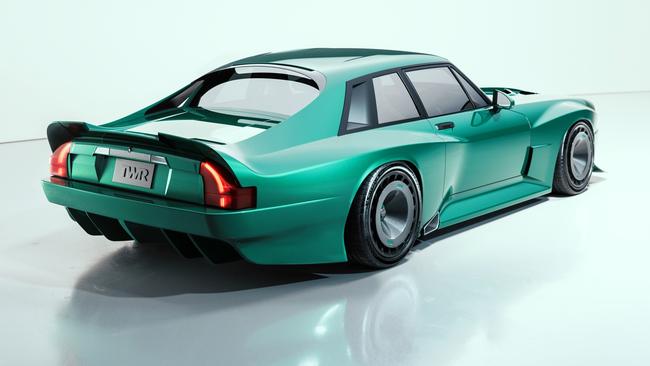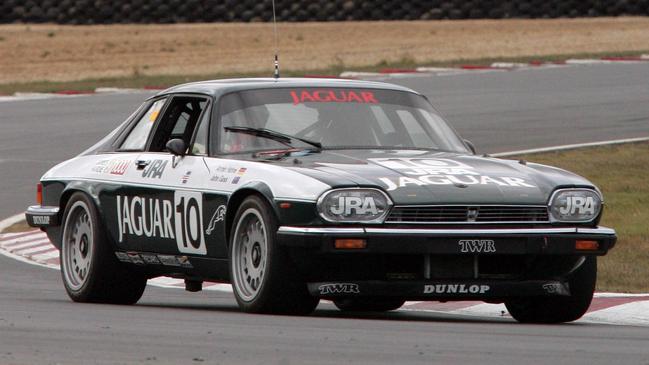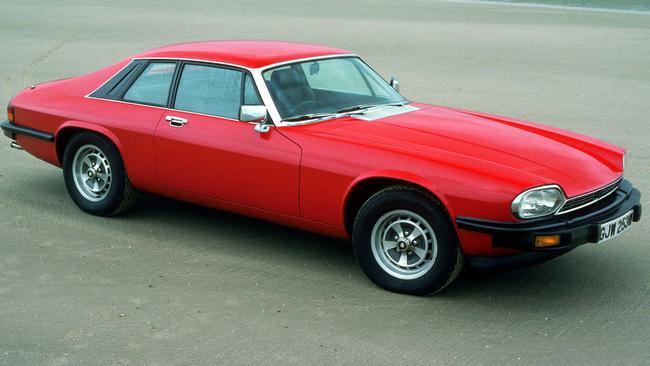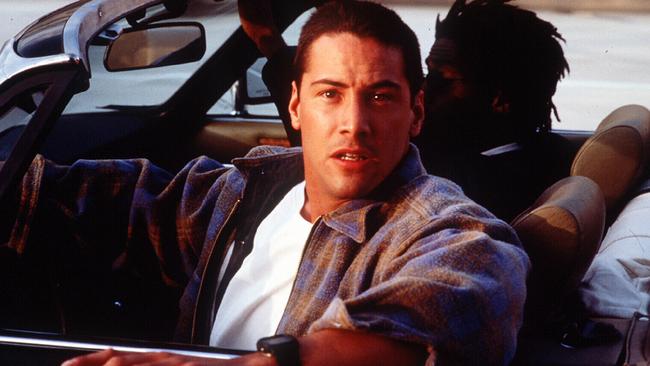Bathurst-winning Jaguar back as TWR Supercat
This reborn legend of the 1980s opens the door to an exciting chapter for Australian motor racing enthusiasts.
A Bathurst-winning legend is set to go back into production as a limited-edition “restomod” for cashed-up collectors.
It’s part of an exciting project that has huge potential for Australian car enthusiasts.

Jaguar’s XJS coupe of the 1980s is set to be reborn as the TWR Supercat, a retro machine supercar ready to take on reworked sports cars including Porsche 911s tuned by Singer, or the Prodrive-fettled Subaru WRX.
The car combines a supercharged V12 tuned to make 450kW (or 600 horsepower), sending drive to the rear wheels through a six-speed manual transmission.

The Supercat takes styling to the next level with wide carbonfibre bodywork over fat wheels and modern LED headlights.
Priced from £225,000 ($435,000) plus taxes, the car will be made in limited numbers for wealthy fans of the brand.
TWR – or Tom Walkinshaw Racing – was a motorsport powerhouse involved in everything from Australian touring cars to endurance racing and Formula 1.

The team’s V12-powered Jaguar coupe took a famous Bathurst victory in 1985, driven by John Goss and Armin Hahne.
Fergus Walkinshaw, director and founder of TWR, said there was more to come from TWR.
“After more than two years of extensive design, engineering and development work, we are proud to unveil the design of TWR’s debut product,” he said.

“The outcome is a true drivers’ Super-GT built from the foundations of the iconic Jaguar XJS and appropriately named the Supercat.
“This bold expression of the breed fulfils our mission to build cars worthy of TWR’s winning legacy, starting with this remarkable car as it enters its 50th year.

“As order books open, we cannot wait for clients to experience the most powerful, dynamic and visceral evocation of a British icon that has been revolutionised from the ground up to be ready for those that demand to be connected to the cars they drive, whether on the track or the road.
“This is the TWR way and will define this and every future project we undertake.”
TWR and Jaguar were riding high in the 1980s, famously beating Porsche to win the 24 Hours of Le Mans in 1988.

That year has special history for TWR in Australia, as the brand combined with General Motors to create Holden Special Vehicles in 1988.
The prospect of a “future project” should be an enticing one for Australian car enthusiasts, as TWR could consider reworking classic Aussie muscle cars for a new generation of drivers.



To join the conversation, please log in. Don't have an account? Register
Join the conversation, you are commenting as Logout